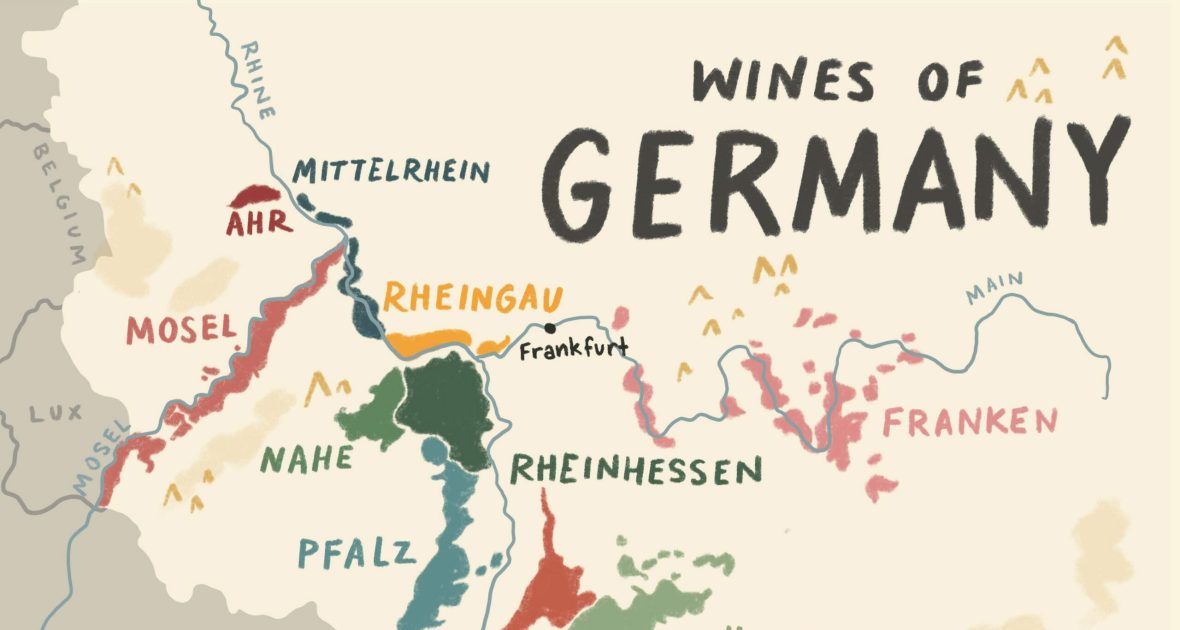
TK Mehlhaff
TK (she/her) is part of our wonderful wine team and has her WSET Level 2 Certification in Wines. Thank god, wine is gluten free! TK is proudly Deaf & an LGTBQ ally, and can communicate with you either in sign language or with her phone's text notes. She enjoys learning about wines and how they pair with food, and off duty, is a dog mama and loves to spoil her fur baby, Marv.
When you think of Riesling, you probably imagine a sweet German wine.
But the stereotype that Riesling is always sweet doesn’t tell the full story. In fact, German Rieslings are often labeled with terms like trocken (dry) and halbtrocken (half-dry), indicating different levels of sweetness. Trocken wines are completely dry with no residual sugar, while halbtrocken offers a balanced hint of sweetness, making it a perfect middle ground for those who enjoy a bit of both worlds.
Believe it or not, Riesling is a versatile grape, offering a range of styles from bone dry to lusciously sweet, and it’s grown in diverse regions around the world, from Germany to Australia and beyond.
To break the misconception, here are four distinct Rieslings that highlight how versatile this grape truly is:
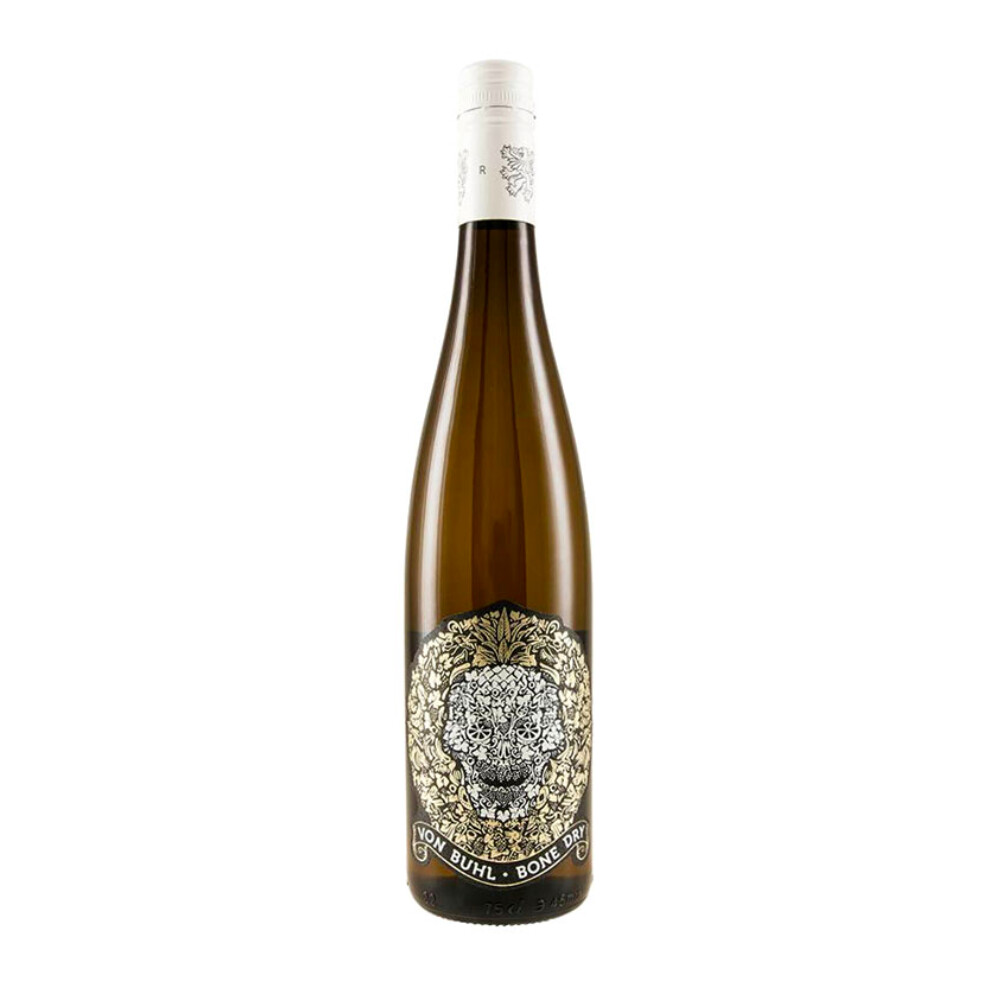
Von Buhl Bone Dry Riesling (Pfalz, Germany)
When it comes to German Rieslings, Von Buhl’s Bone-Dry Riesling breaks the sweetness stereotype. This wine hails from the Pfalz region, known for its sunny and cool climate, which helps produce rich and bold wines. This crisp and minerally Riesling is packed with notes of green apple and citrus, finishing with a vibrant acidity yet low alcohol. It pairs beautifully with seafood or spicy dishes, proving that Riesling can be an ideal choice for savory pairings, not just dessert.
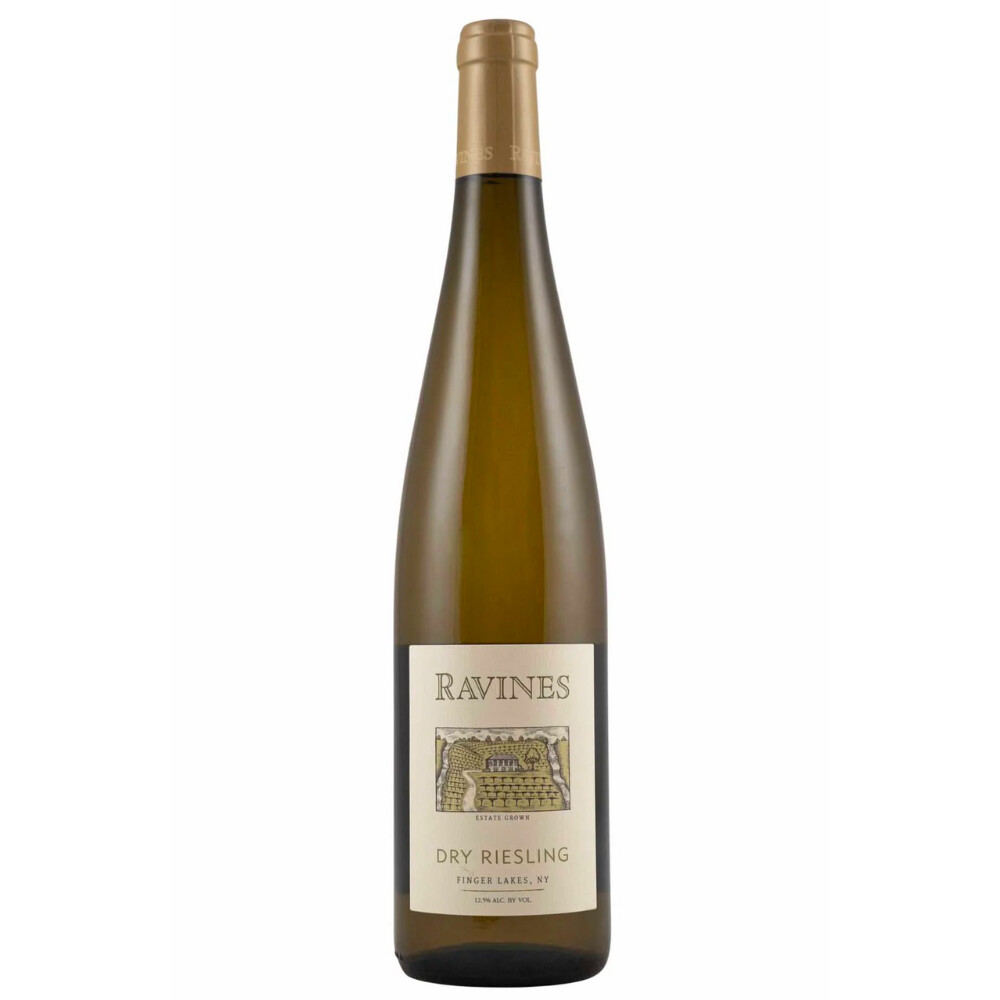
Ravines Dry Riesling (Finger Lakes, New York)
The Finger Lakes region in New York has become known for producing great Riesling, thanks to the German settlers in the region. Ravines Dry Riesling showcases the elegance of American Riesling. With its delicate balance of peach, lime zest, and wet stone minerality. The refreshing acidity and complex flavors make it a perfect match for light salads or grilled white fish.
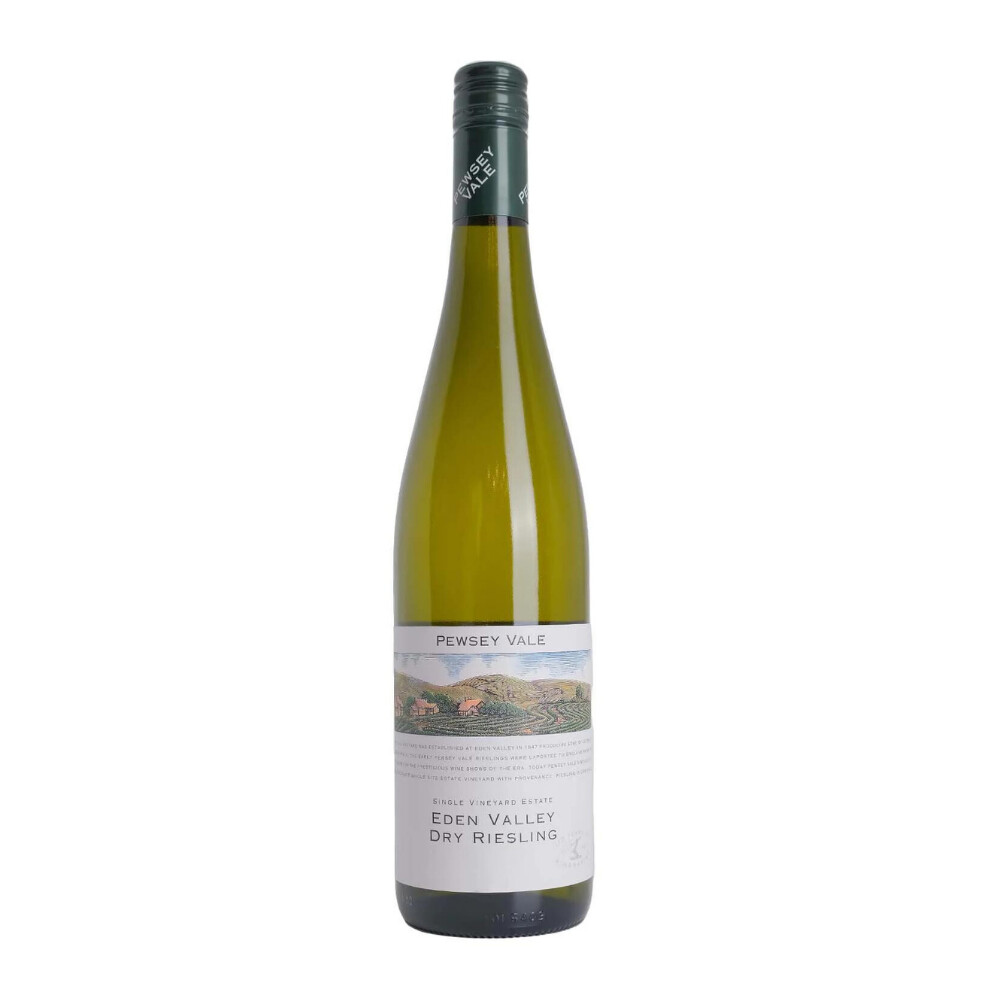
Pewsey Vale Dry Riesling (Eden Valley, Australia)
Pewsey Vale Dry Riesling from Australia’s Eden Valley is a perfect example of how Riesling doesn’t have to be sweet. This crisp and refreshing wine has zesty lemon and lime flavors with a touch of orange blossom. Its bright acidity and clean, mineral finish make it a great match for seafood, sushi, or even roasted veggies. The Eden Valley’s cool climate helps the grapes retain their fresh and vibrant character, proving that Riesling can be just as dry and versatile as any other wine.
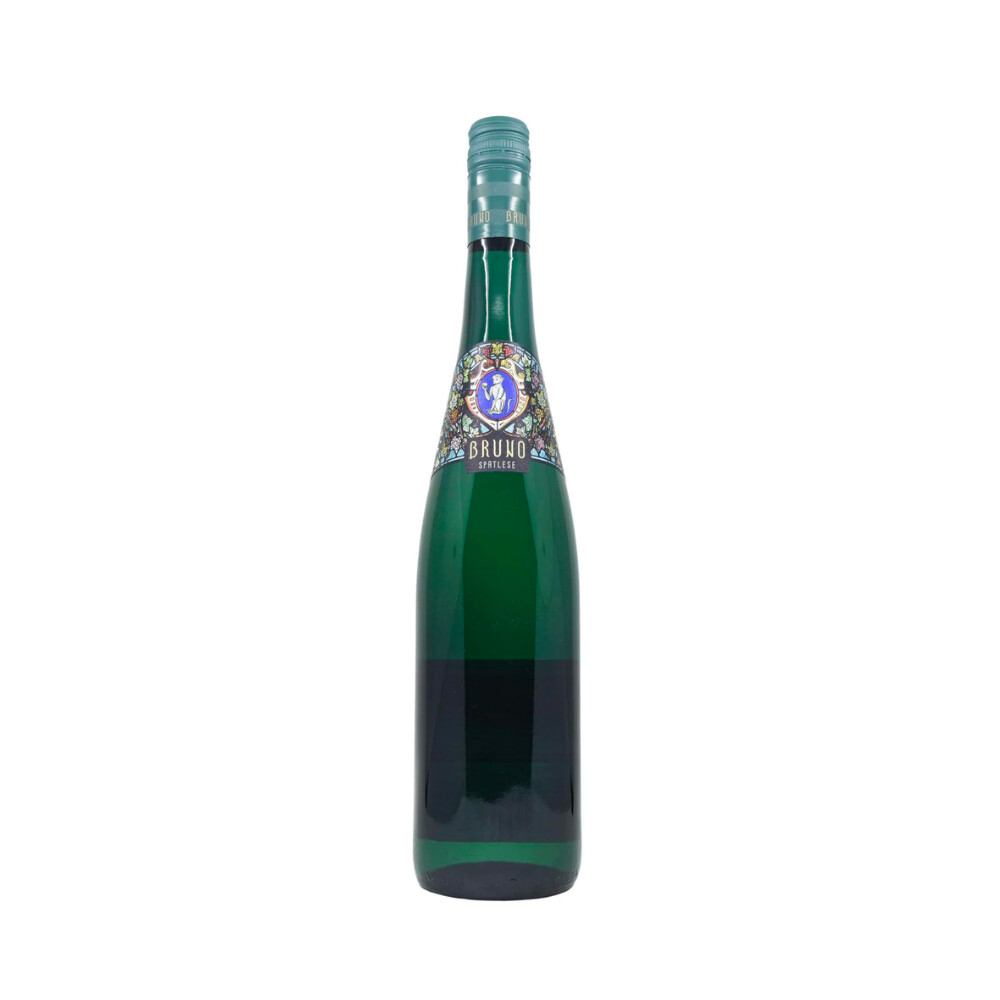
Karthäuserhof Bruno Riesling Spätlese (Mosel, Germany)
While some of you might know the Mosel region for its sweet Rieslings, Karthäuserhof Bruno Riesling Spätlese offers a bit of both worlds—light sweetness balanced by a lively acidity. This late-harvest Riesling delivers flavors of ripe stone fruits like apricot and peach, alongside honeyed floral notes. It’s a versatile wine that works well with spicy Asian dishes or even as a dessert wine. Though it has sweetness, the complexity and balance demonstrate Riesling’s capacity to express various styles even within the same region.
Riesling’s reputation as a sweet wine is fading, and for good reason. These four wines—from bone-dry Pfalz to bright Finger Lakes, and balanced Mosel Spätlese—show Riesling’s wide range.
A wine’s region doesn’t always define its style. Whether you like crisp, dry wines or slightly sweet ones, Riesling has something for everyone.
We invite you to join us this Saturday (10/19) for a German Wine Bar Pop-Up to explore some of the world’s best examples of the Riesling grape.
